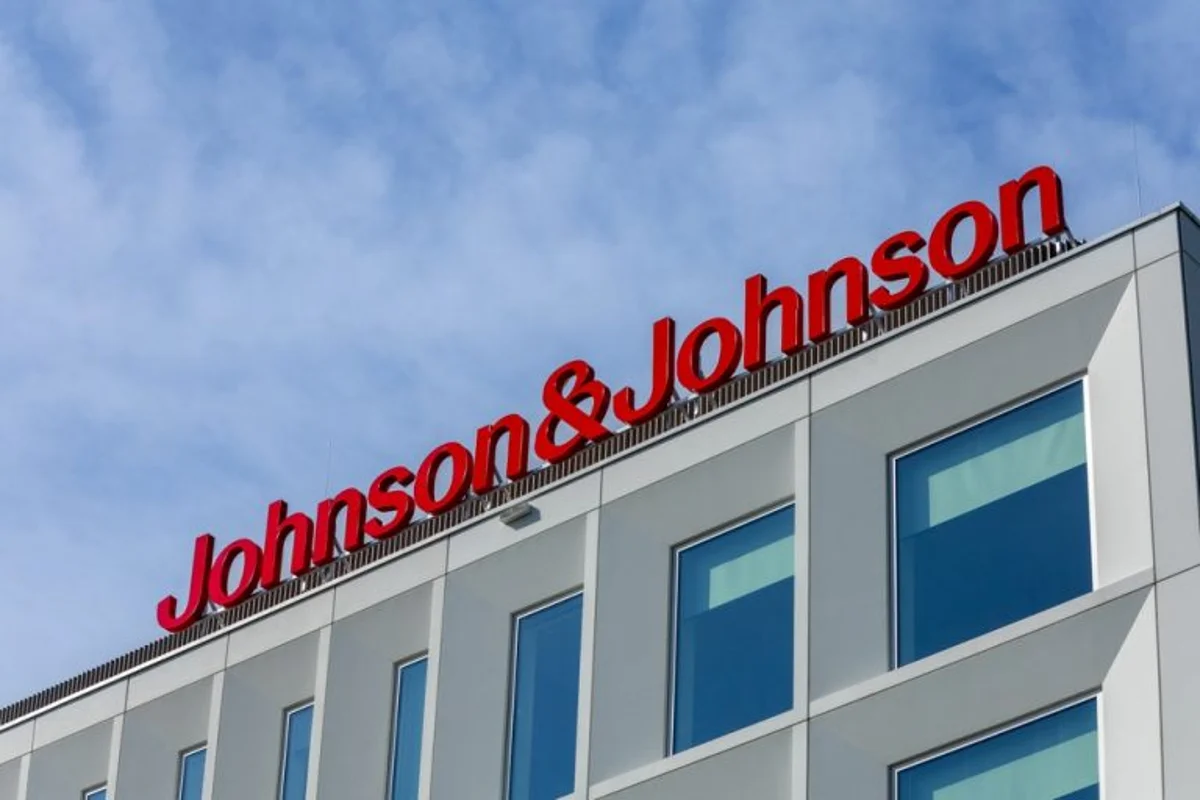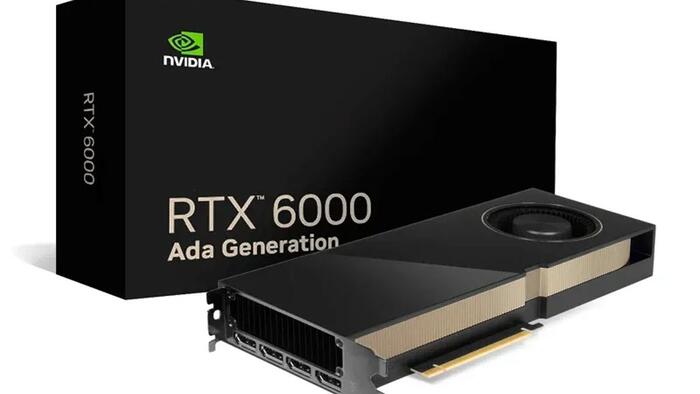By Ryan Peterson
Copyright benzinga

Analysts are saying that Johnson & Johnson could hit $227 by 2030. Bullish on JNJ? Invest in Johnson & Johnson on SoFi with no commissions. If it’s your first time signing up for SoFi, you’ll receive up to $1,000 in stock when you first fund your account. Plus, get a 1% bonus if you transfer your investments and keep them there until December 31, 2025.
Johnson & Johnson (JNJ) continues to hold its ground as a stalwart in pharmaceutical and medical technology, even after spinning off its consumer healthcare division two years ago. Its diversified portfolio, stable earnings, and defensive positioning make it a popular safe haven among investors. Ongoing talc-related litigation and external market pressures, however, remain sources of risk.
In this article, we’ll review Johnson & Johnson’s current share price and valuation, examine price-target forecasts between 2025, 2026, and 2030, analyze Wall Street’s latest sentiment, and break down the bullish and bearish outlooks shaping JNJ’s risk or reward proposition.
Current JNJ Stock Overview
Market Cap: $430 billionTrailing P/E Ratio: 19.05Forward P/E Ratio: 15.71-Year Total Return: +10%2025 YTD Return: +26%
Johnson & Johnson shares are trading near $176 as of September, with the stock maintaining a narrow intraday range that reflects measured investor sentiment despite ongoing market volatility. This price stability underscores the healthcare giant’s defensive characteristics as traders weigh the company’s diversified portfolio against broader economic headwinds.
J&J’s stock jumped following a Q2 earnings beat and a forecasted 2025 sales boost, thanks to lower-than-expected tariff costs, now estimated at $200 million instead of $400 million. Strong oncology performance also helped drive results.
Meanwhile, ongoing litigation remains a key overhang. In April, a judge rejected J&J’s attempt to settle talc-related lawsuits via bankruptcy, prompting an immediate 7% stock drop as the company will now confront claims in civil courts. Shares have recovered since then, but any further judgments against the company could have a negative impact.
Wall Street sentiment on Johnson & Johnson remains varied, with a consensus price target of $567 among 38 analysts tracked by Benzinga, although recent ratings suggest more tempered expectations. The outlook spans an unusually wide range, from Deutsche Bank’s conservative $100 target issued in August 2024 to HSBC’s bullish $1,350 projection from May 2024. More telling for near-term direction, the three most recent updates from New Street Research, Goldman Sachs, and Deutsche Bank in early August average just $118, implying no upside from current levels and signaling that recent analyst revisions have turned notably more cautious on the healthcare giant’s prospects.
Quick Snapshot Table of Predictions
The forecast range in this table is based on algorithmic projections provided by CoinCodex. These models use historical price trends, volatility patterns, and moving averages to estimate future stock prices over multiple time horizons.
Bull & Bear Case
Investors need to weigh Johnson & Johnson’s strong financials against the legal challenges, regulatory shifts, and competitive pressures that may temper performance.
J&J benefits from a well-balanced mix of high-margin pharmaceutical and MedTech segments that ensure stable, recurring earnings. The company’s AAA credit rating provides substantial financial flexibility, allowing it to weather downturns and invest strategically in R&D and acquisitions. As a large-cap, defensive stock, JNJ continues to attract institutional interest when markets are volatile. Its consistent performance and dividend reliability make it a favored haven for risk-averse investors.The investigational drug Icotrokinra has shown a clinical remission rate of 30.2% versus 11.1% with placebo in ulcerative colitis trials, signaling strong therapeutic promise. Analysts estimate it could eventually generate up to $5 billion in annual sales, positioning it as a cornerstone of J&J’s future immunology growth.Icotrokinra has also met or exceeded endpoints across multiple Phase III trials including psoriasis, leading to an FDA New Drug Application submission in mid-2025.
Johnson & Johnson remains exposed to significant legal liabilities tied to talc-related lawsuits, with tens of thousands still pending and no definitive resolution in sight.J&J’s current valuation sits at a premium compared to historical norms and peer averages, which may limit durability unless earnings growth accelerates.The 2023 divestiture of its steady consumer healthcare division, Kenvue, has removed a consistent cash-flow generator from J&J’s portfolio. While focusing on higher-margin pharmaceuticals and MedTech, this shift also eliminates a stabilizing segment, heightening reliance on more volatile growth areas.More than half of J&J’s revenue comes from the U.S., making the company particularly sensitive to domestic economic slowdowns, inflation, and regulatory changes.
JNJ Stock Price Prediction for 2025
Forecast Range: $176 – $182
Johnson & Johnson’s stock is expected to average around $179 in 2025, with projections ranging from a low of $176 to a high of $182. The mid-range average suggests modest downside relative to the current trading levels, reflecting a cautious outlook. Stable revenue from pharmaceuticals and MedTech provides a floor, but risks such as litigation costs, tariff pressures, and macroeconomic volatility could keep shares toward the lower bound. On the upside, successful drug launches or favorable rulings in talc litigation could help push the stock closer to the upper forecast.
JNJ Stock Price Prediction for 2026
Forecast Range: $196 – $205
Looking forward to 2026, CoinCodex projects an average price of $200, with forecasts spanning from $196 to $205. This outlook reflects a slightly more optimistic tone, factoring in the payoff from U.S. manufacturing expansions and growth from oncology and immunology pipelines. If key products like Icotrokinra exceed expectations and tariff impacts remain contained, shares may push toward the high end of the forecast. Persistent legal challenges or slowing earnings growth could anchor prices nearer the low-to-mid range.
JNJ Stock Price Prediction for 2030
Forecast Range: $216 – $227
By 2030, CoinCodex anticipates Johnson & Johnson’s stock to average between $216 and $227 implying moderate long-term growth. In the bull case, continued strength in oncology and MedTech, combined with resolution of litigation risks, could deliver sustainable multiple expansion. If litigation persists or innovation slows, shares could remain closer to the lower range, limiting returns for long-term investors.
Investment Considerations
Johnson & Johnson stands out as a defensive choice in uncertain markets. Its expansive and diversified portfolio, anchored by stable pharmaceuticals and MedTech offerings, complements its AAA credit profile and long-established dividend tradition.
In April 2025, the company announced its 63rd consecutive year of dividend increases, raising its quarterly payout from $1.24 to $1.30 per share. An annualized dividend of $5.20 yields 2.92%, making it attractive for income investors. JNJ is among a select group of stocks known as Dividend Kings, which are companies that have raised their payouts for at least 50 years in a row.
On the cost front, J&J is proactively reducing tariff-related vulnerability. After initially estimating $400 million in adverse impacts, the company revised this down to $200 million thanks to regulatory pauses and other adjustments. This reduction bolstered investor confidence and provided additional capital to reinvest in R&D and product launches, shaving risk off earnings forecasts. At the same time, J&J committed to a $55 billion U.S. investment plan, including manufacturing and research infrastructure, further insulating future margins from trade policy volatility.
Despite these strengths, long-term upside hinges on clarity in litigation outcomes and continued innovation success. The company’s pipeline, including oncology leaders such as Darzalex and the recently acquired Caplyta, must continue to generate sales momentum. Meanwhile, resolving talc-related liabilities may help remove a costly overhang on valuation. The balance between legal clarity and product innovation will likely determine investor sentiment and support future multiple expansion.
Frequently Asked Questions



